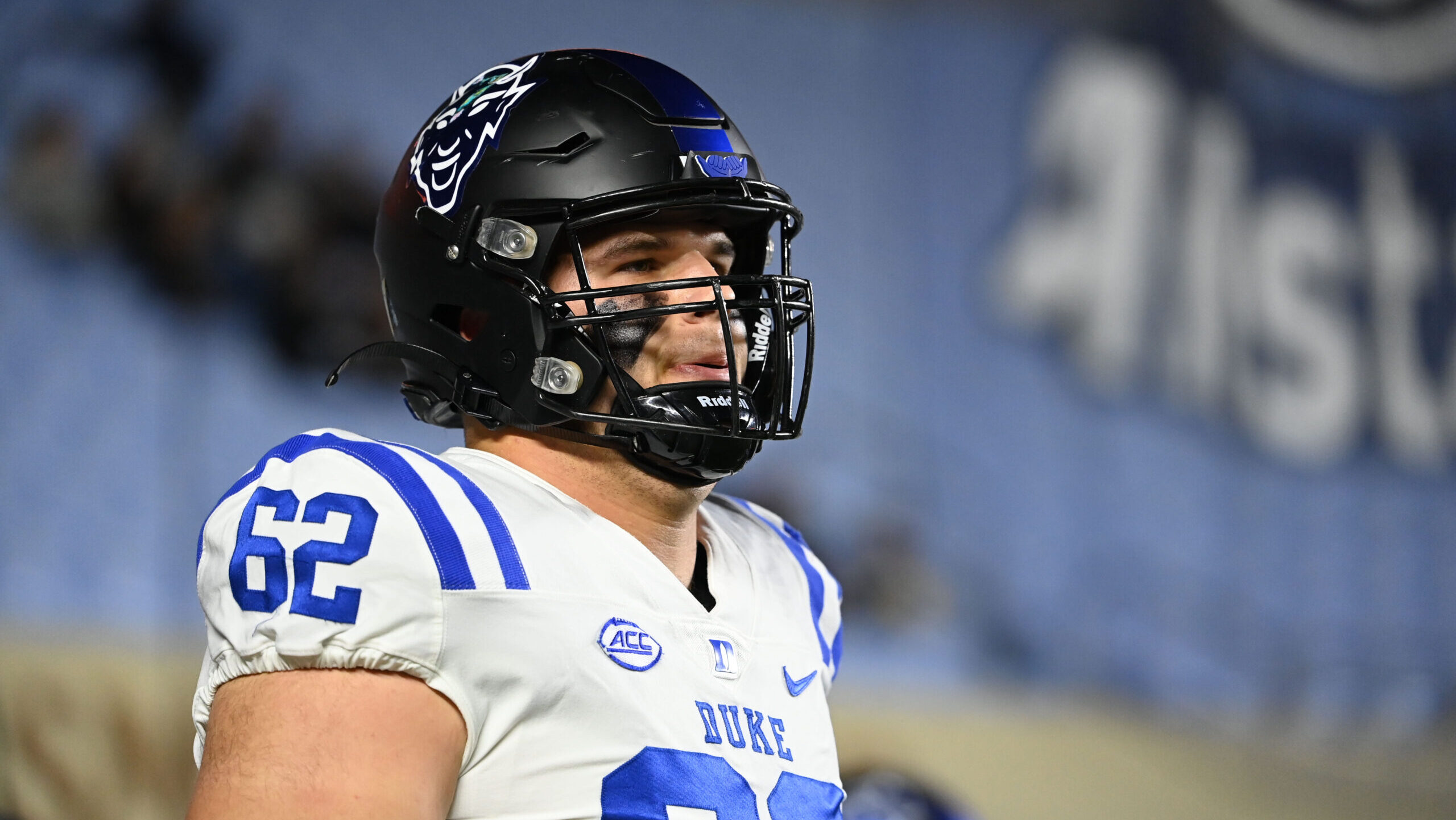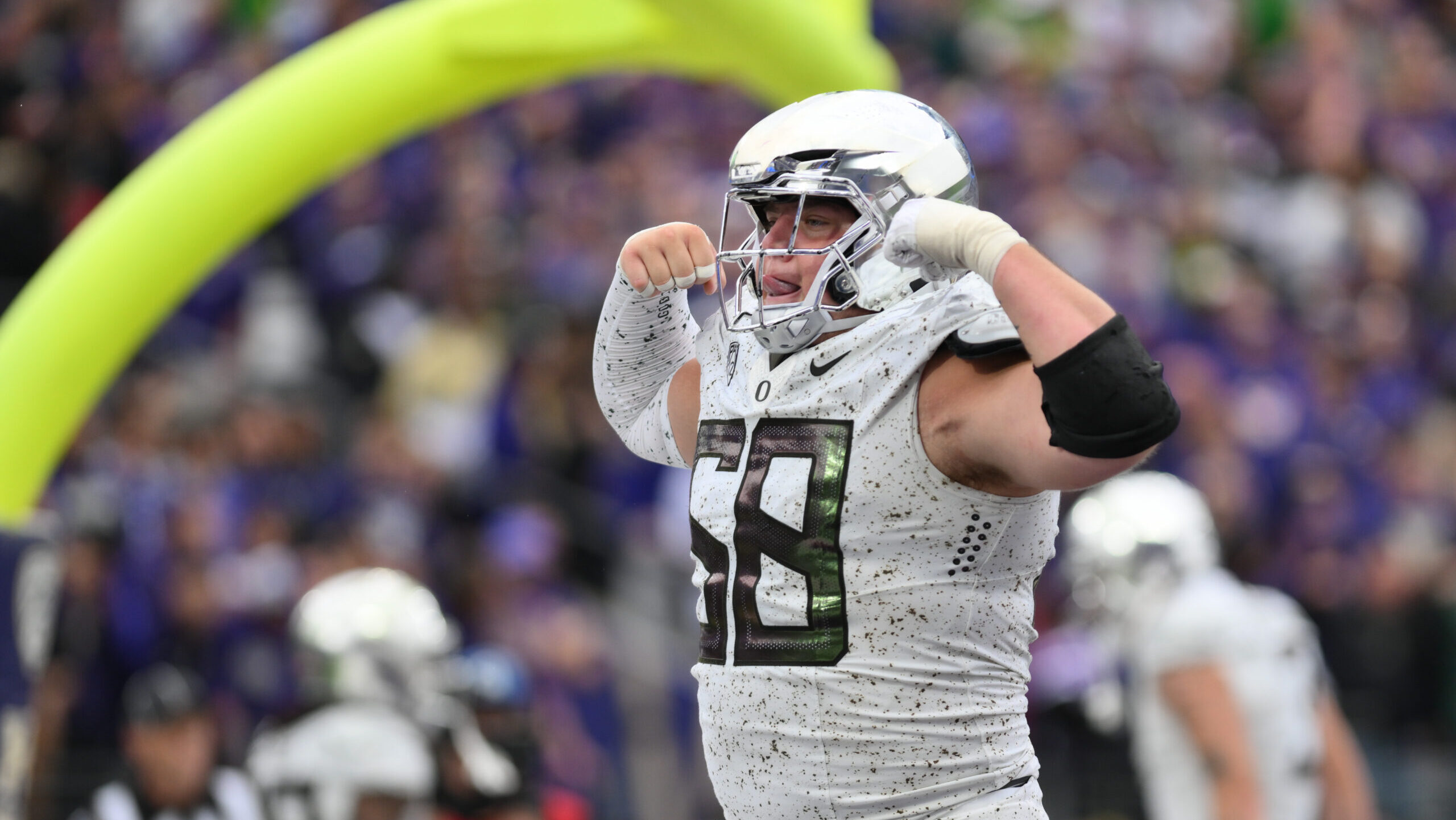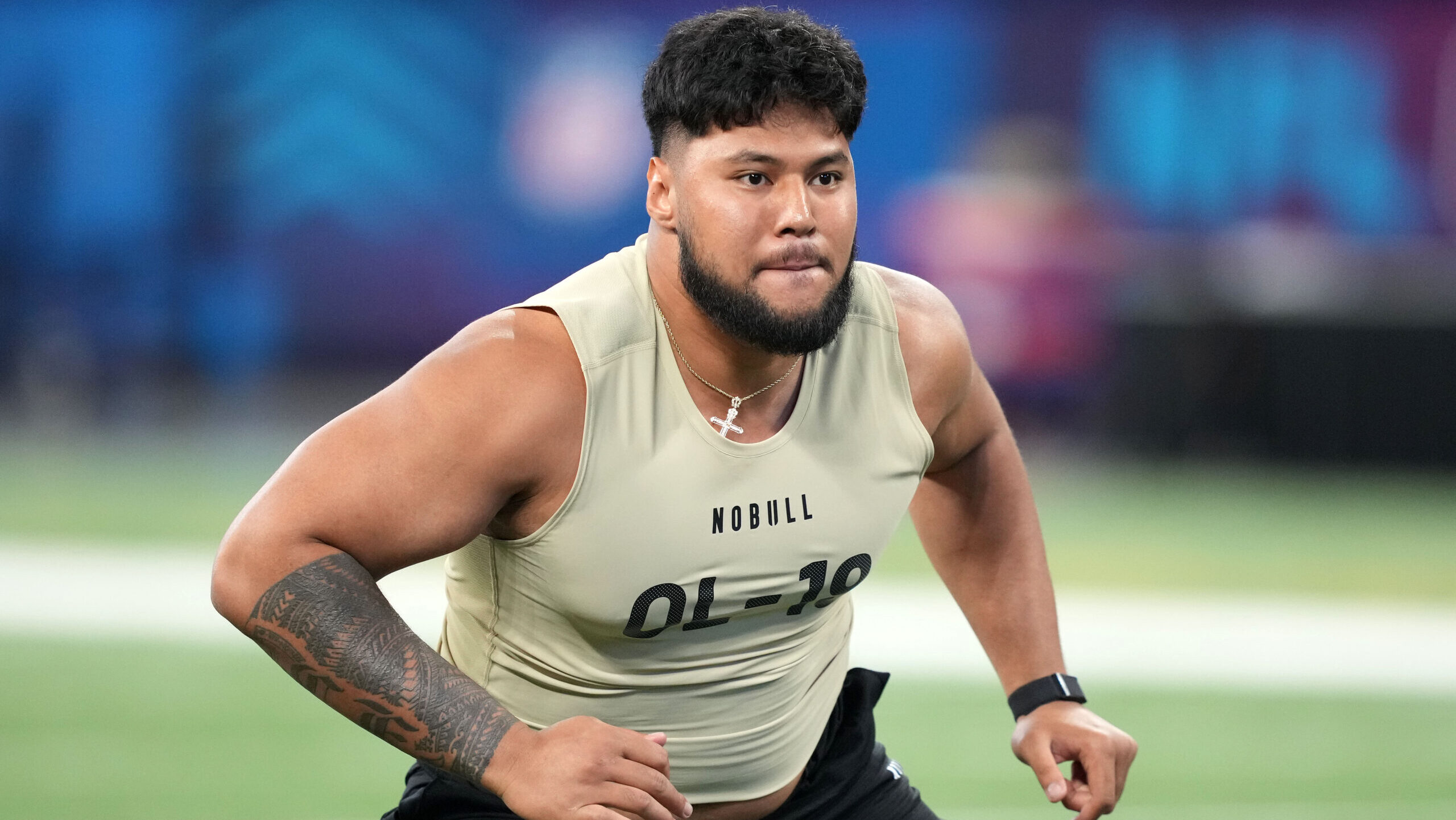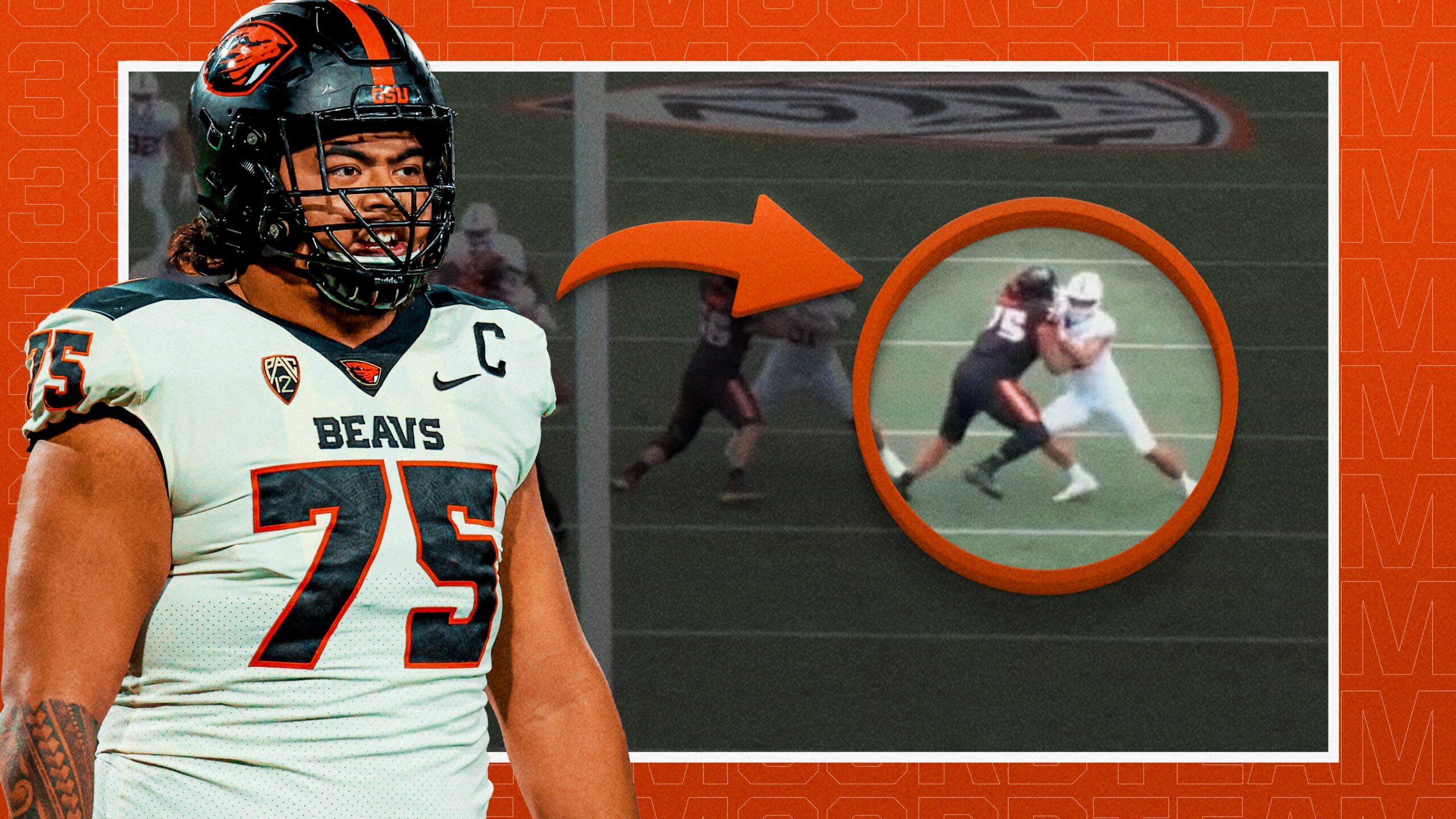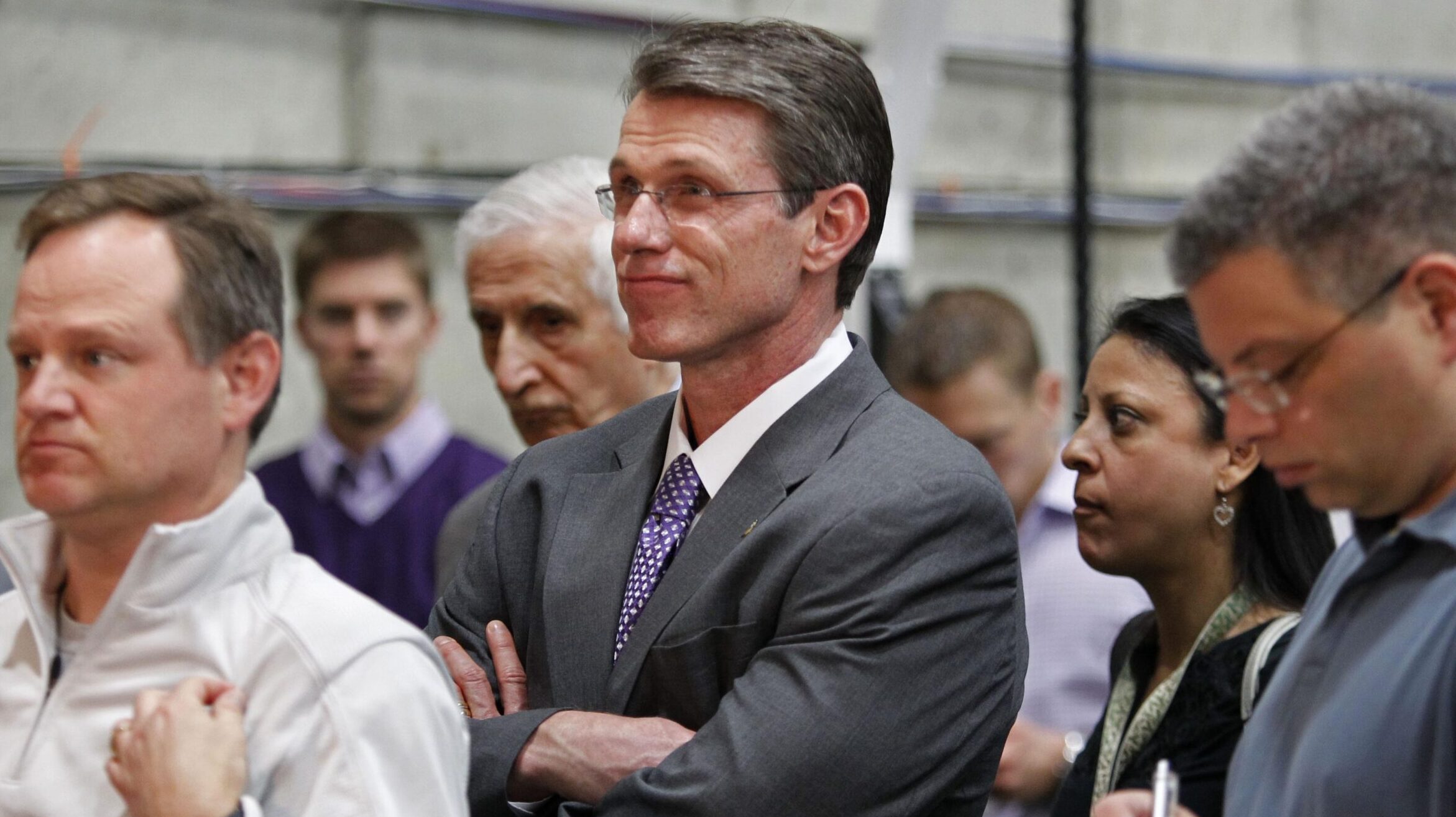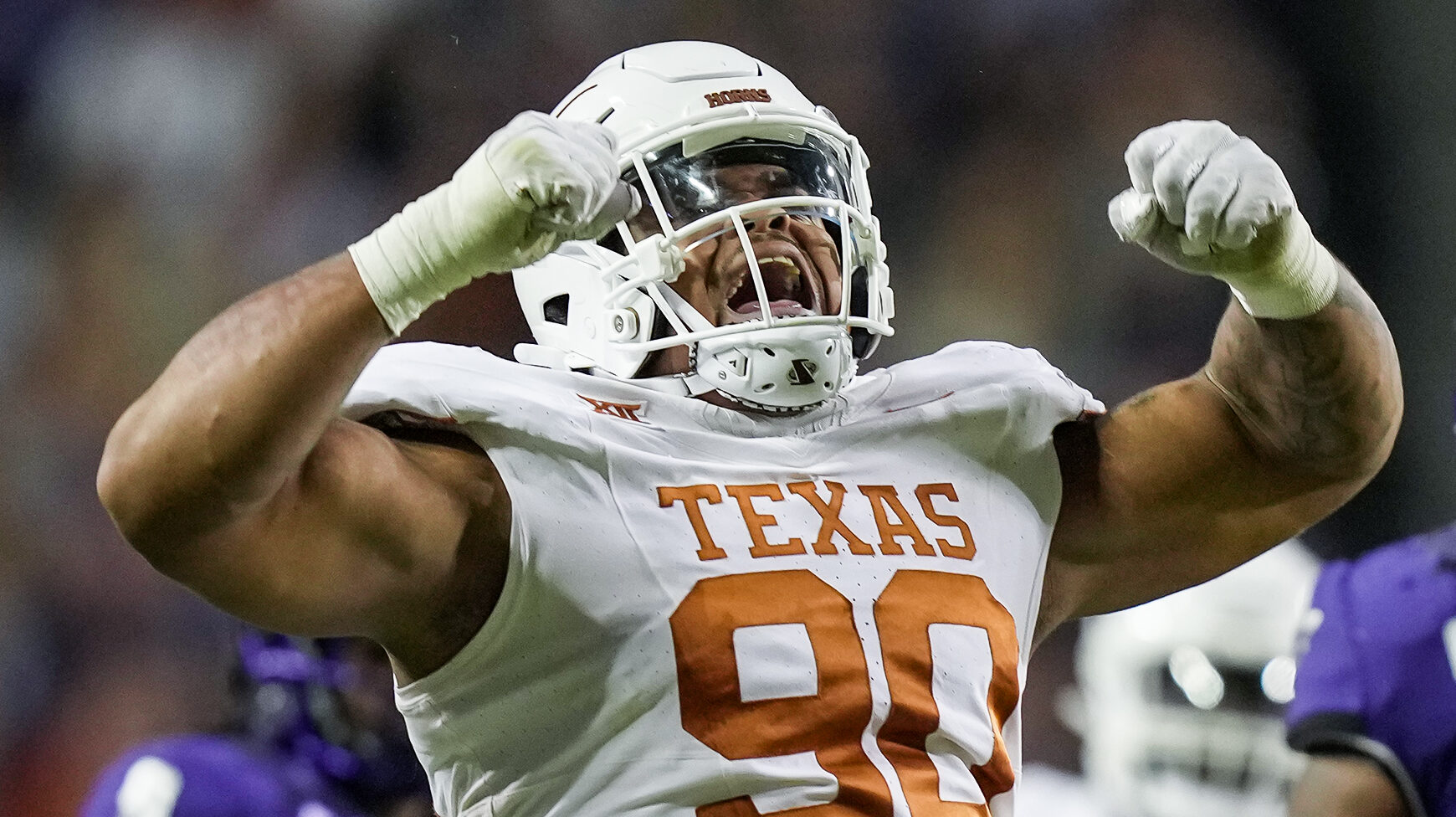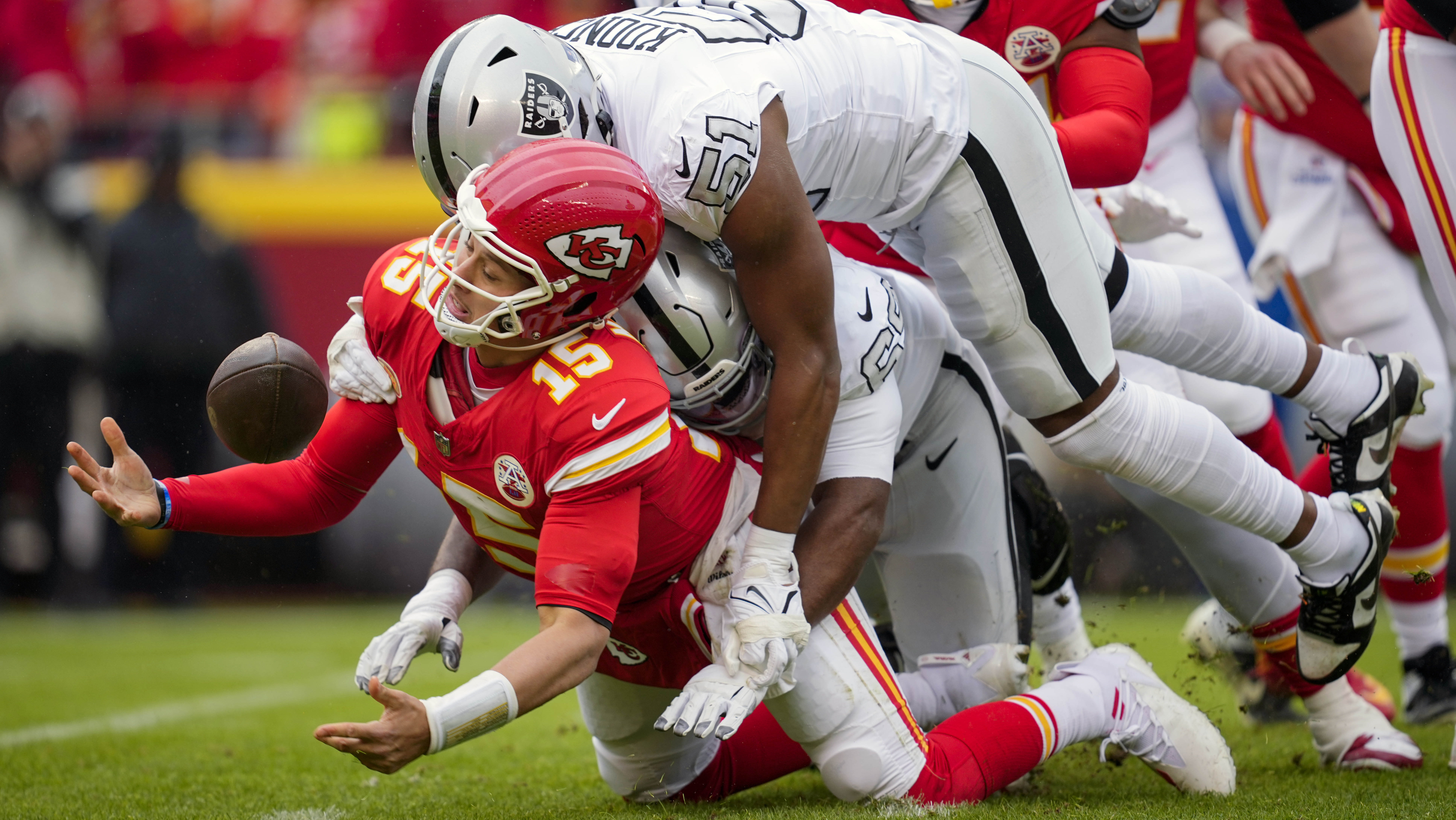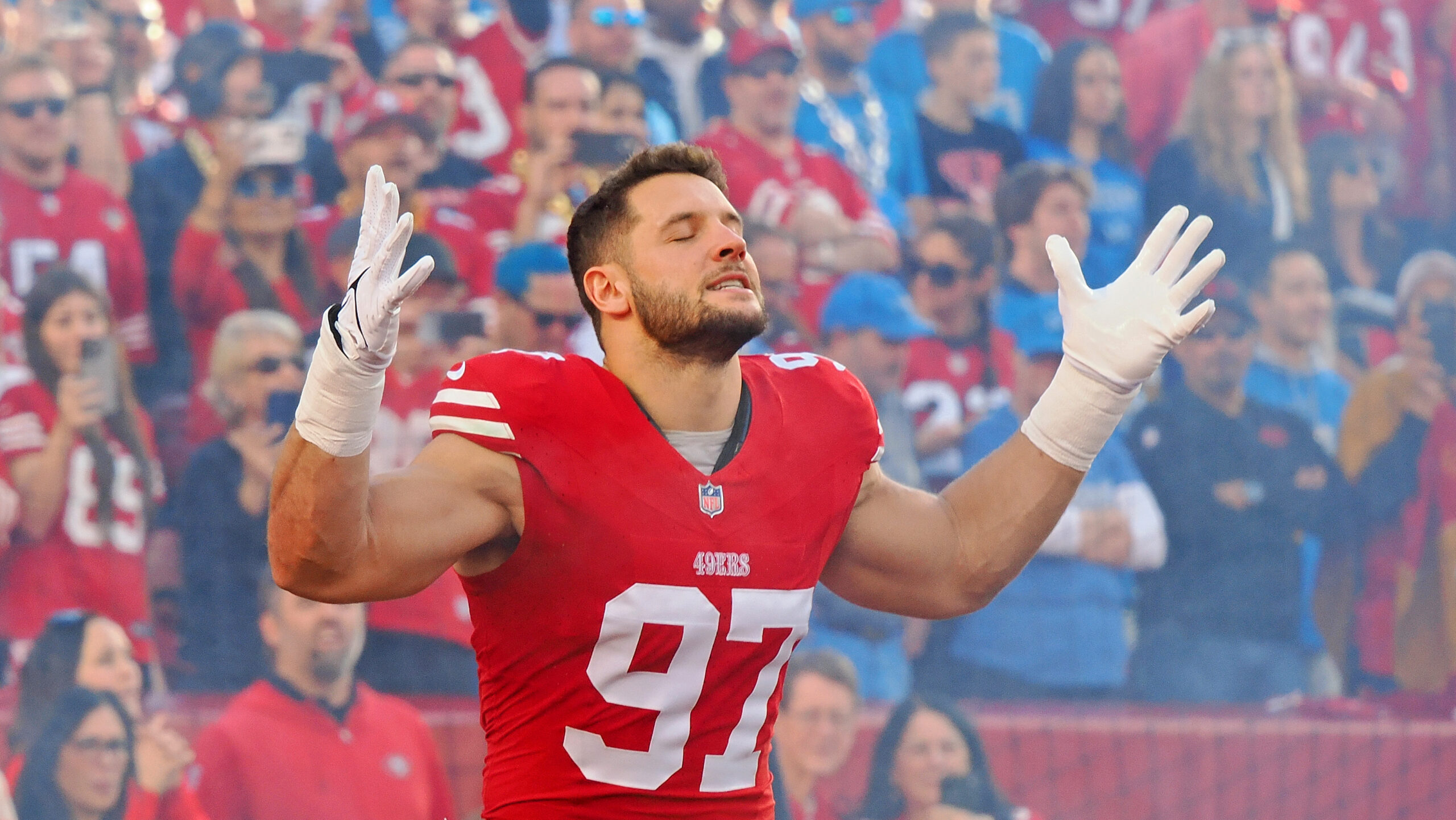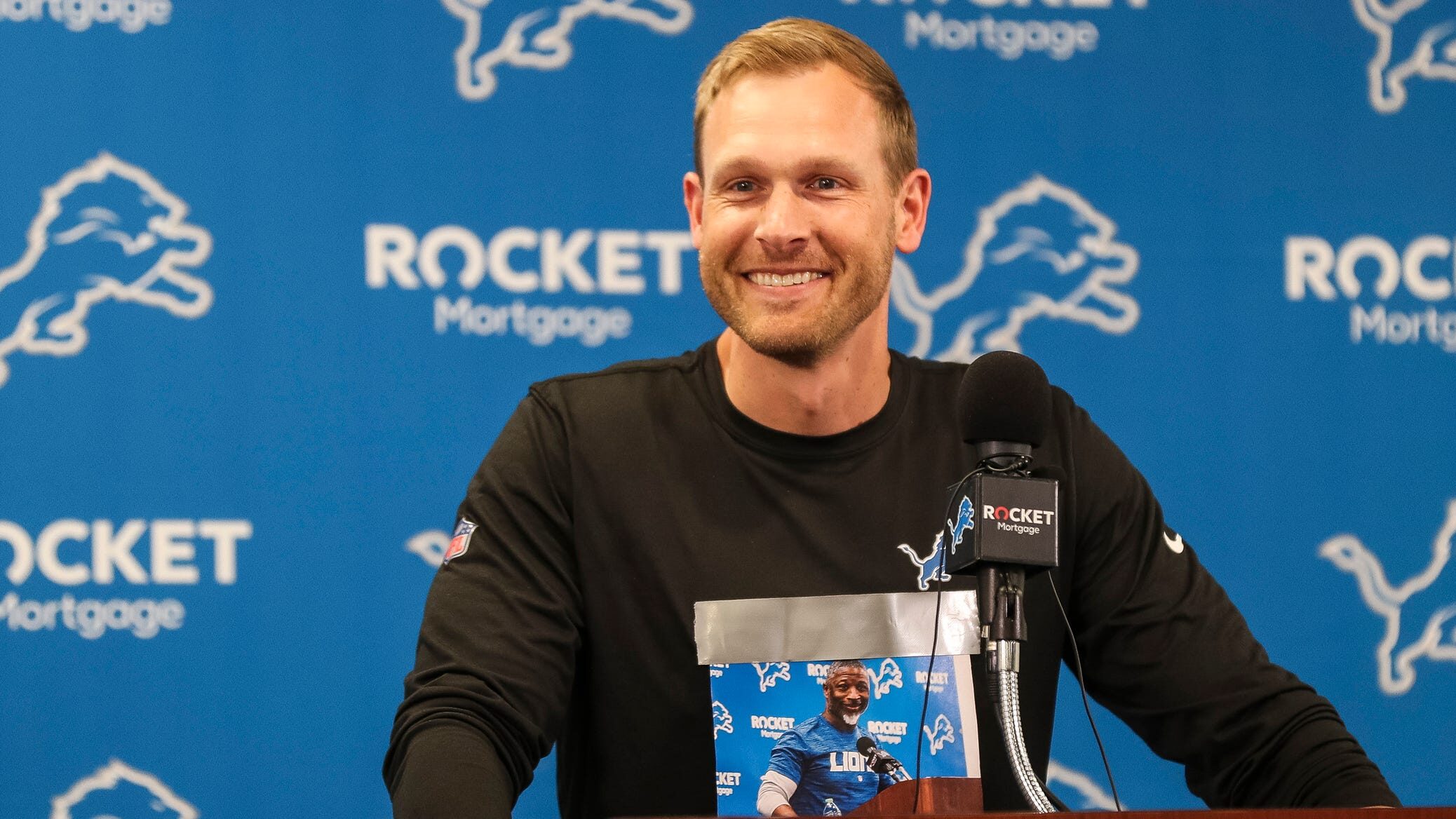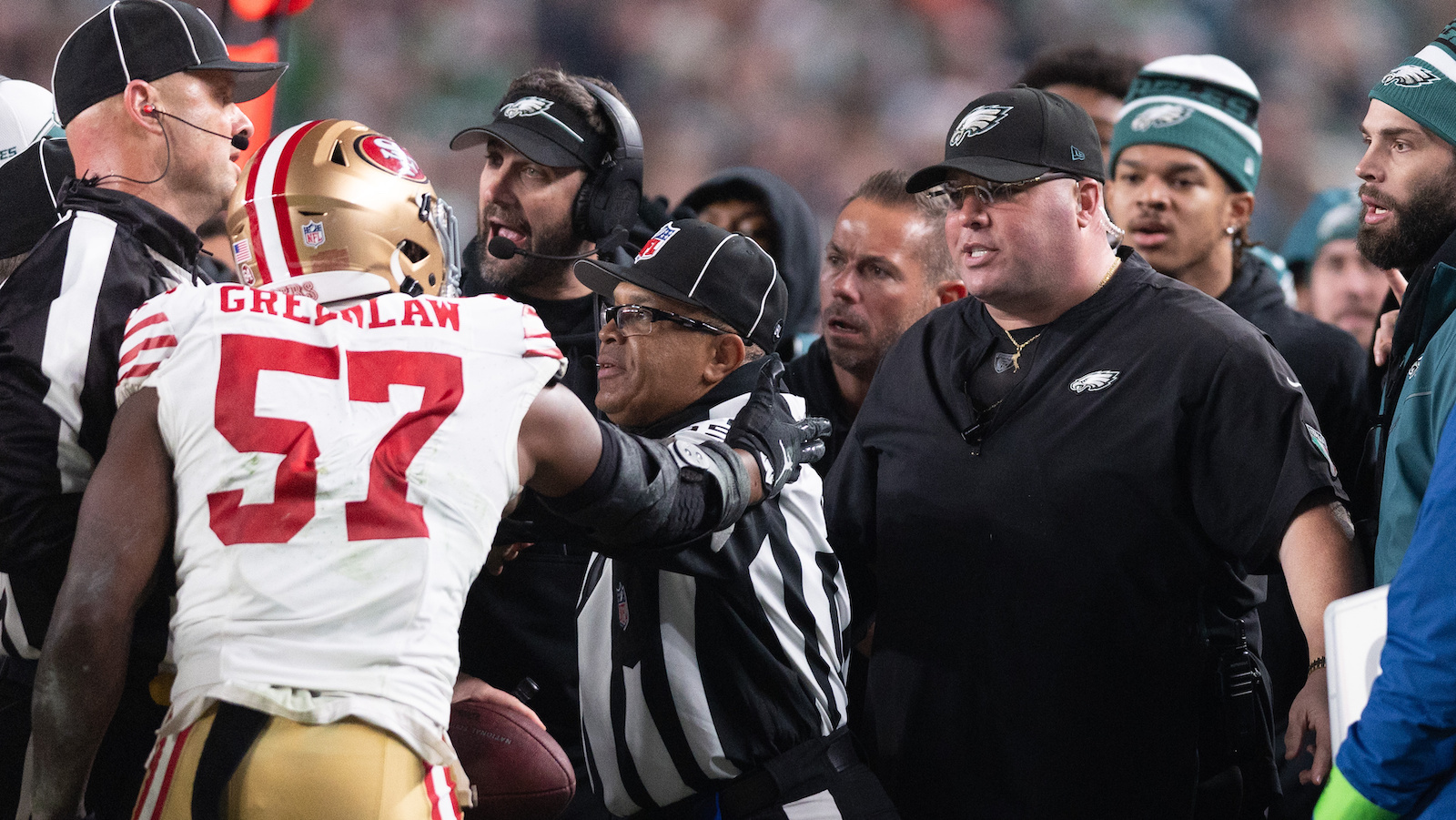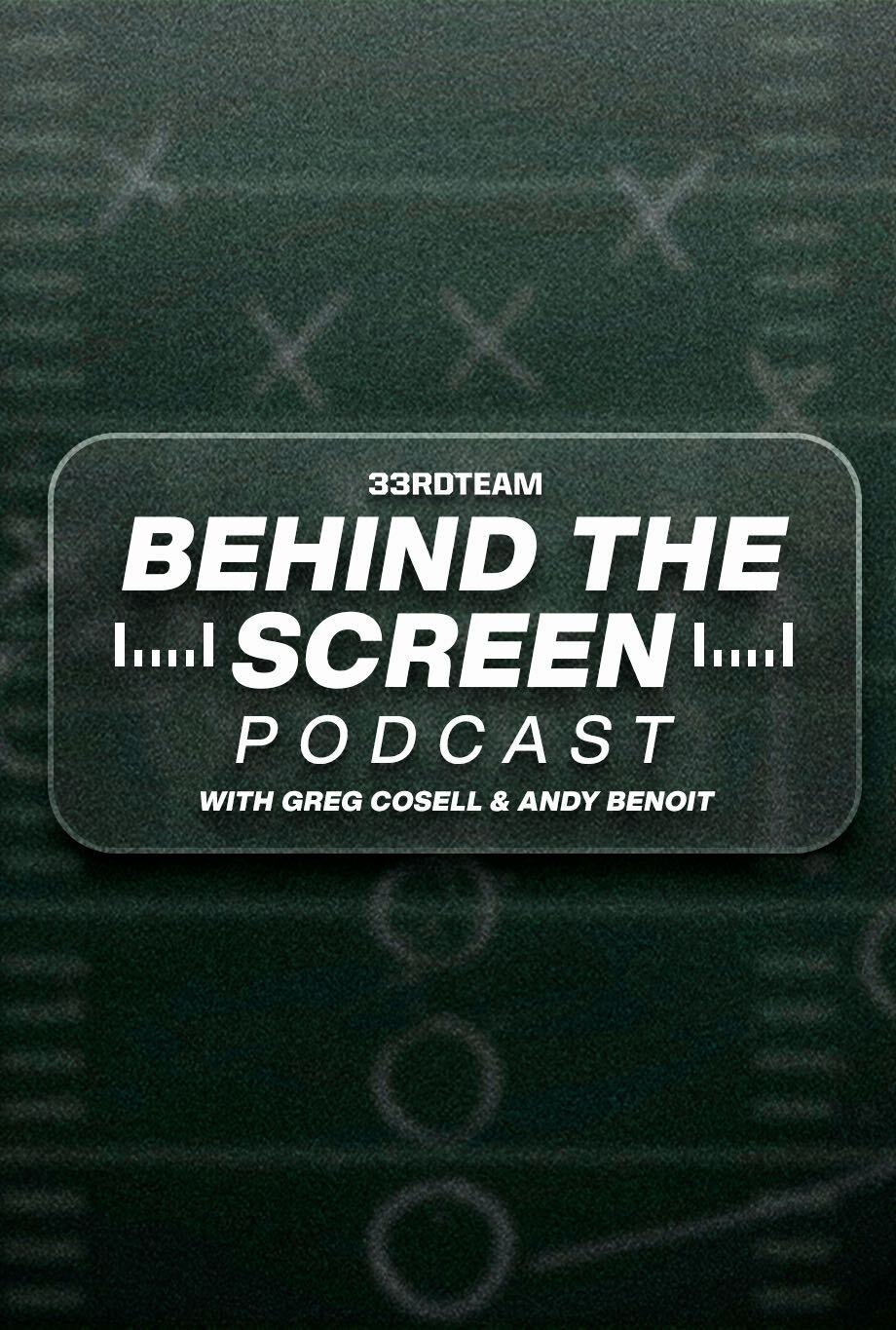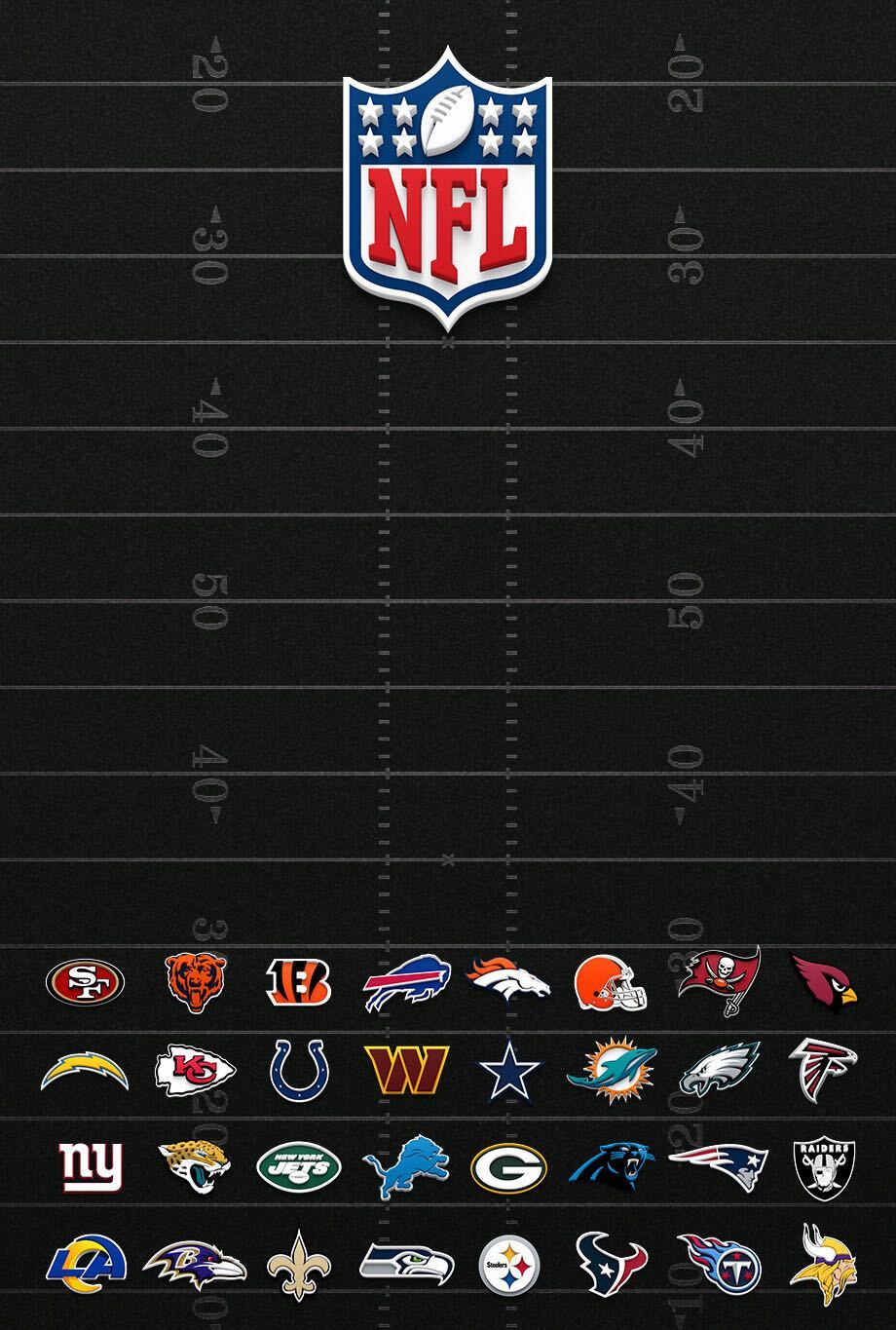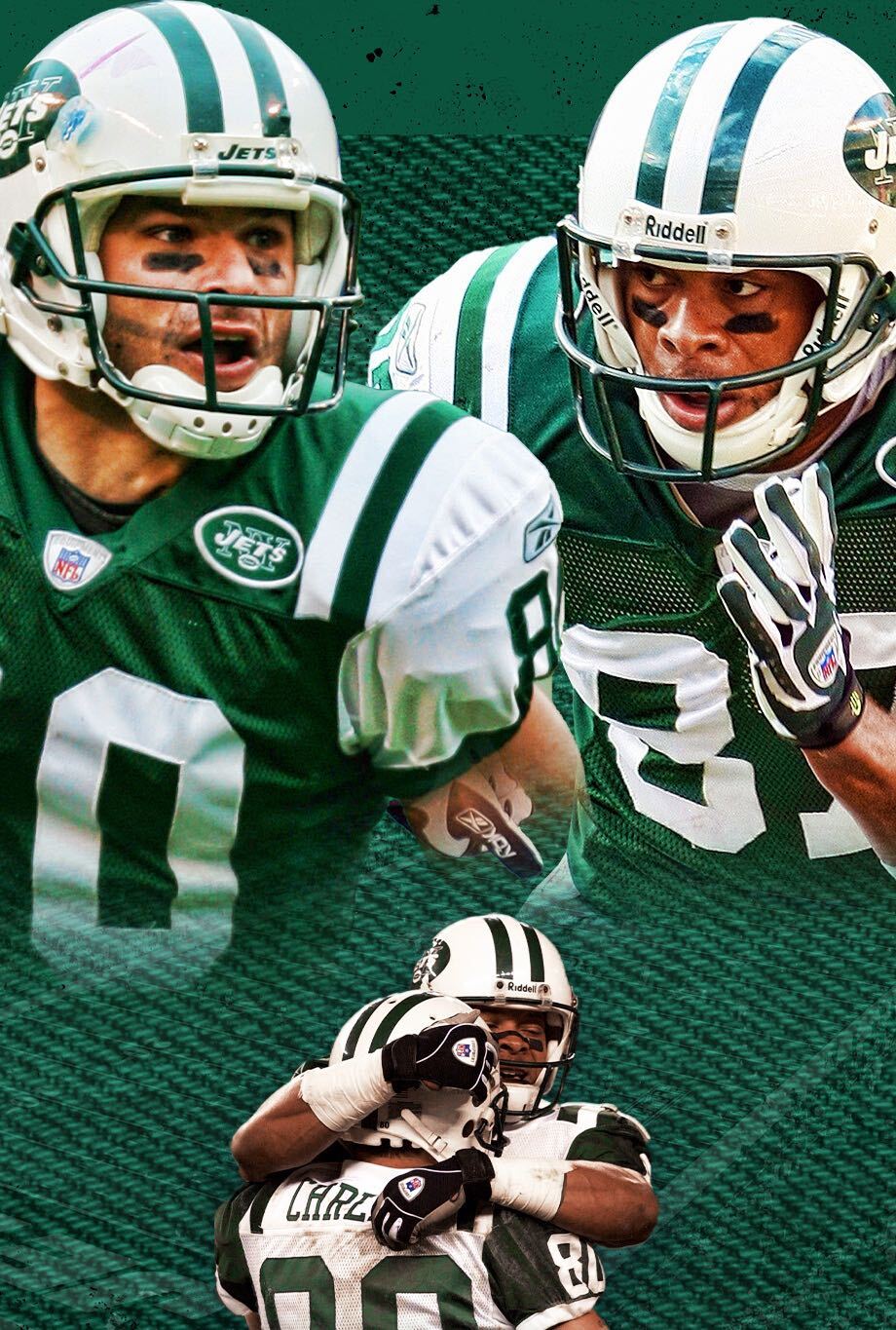How NFL OTAs Were Created, Why They Were Needed
Expert Analysis 6/1/23
Organized Team Activities, better known as OTAs, is the NFL’s offseason program that grew out of negotiations between NFL Management Council members and representatives of the NFL Players Association, headed by Gene Upshaw at the time.
In the early 1990s, Commissioner Paul Tagliabue and Upshaw led delegations of negotiators developing a new collective bargaining agreement. This agreement ended years of labor strife, rancor and litigation. It also settled an ongoing lawsuit against the NFL brought by future Hall of Famer Reggie White.
The settlement also created a brand-new era of labor relations. For the players, it included a guaranteed percentage of revenue each year and free agency for players with four years of service and an expiring contract. In return, the NFL got a salary cap and long-term labor peace.
As part of this landmark agreement, new rules governing what clubs could require or request of players during the offseason were negotiated. Because this was a highly specialized area, high-level Management Council executives – Dennis Curran and Peter Ruocco – were joined by New York Giants general manager George Young and this writer.
This group had vast experience in the nuts and bolts of offseason training and preparation for training camp. The talks were long, difficult and contentious, with many hurdles. The most challenging issue was that the NFL wanted any offseason program mandatory while the NFLPA wanted it to be 100 percent voluntary.
What little common ground we had was previous CBAs that gave clubs permission to hold one mandatory three-day minicamp following the NFL draft.
Beginning in the early ’80s, clubs started to hire strength and conditioning coaches. They typically spent the offseason visiting veteran players at their homes, checking on their conditioning and suggesting training regimens to maximize fitness before reporting to training camp.
In those days, many players held offseason jobs to supplement their NFL incomes. That is unthinkable today.
Following the labor-driven “replacement season” of 1987, the union “decertified.” This was a legal ploy allowing the Reggie White lawsuit to take place. Because there was no formal union with which to bargain, there was no CBA. Without CBA work rules to constrain them, clubs began to make offseason programs essentially extended minicamps.
The players were given a small stipend and room and board. These programs were called “voluntary.” However, any player not entrenched on a long-term contract (meaning a majority of the squad) knew it was in their best interests to be there. The tempo of these practices and drills was high, albeit without pads.
>> READ: Every Team's OTA, Minicamp Schedule
Finding Compromise
As CBA negotiations began, it was clear the union wanted to eliminate all offseason programs. On the management side, we explained to Upshaw that because many players would change teams through free agency, we needed a reasonable offseason program to orient and prepare players.
Being a Hall of Fame player, Upshaw understood this acclimation argument. He agreed to negotiate an offseason program so long as the players were well compensated, there was no contact of any kind and, most importantly, it was voluntary.
The product of these negotiations became known as OTAs. The rules were straightforward. Everything was voluntary. A specific date in March when players were allowed into the club facility was established. Before that date, when a club’s season ended, only injured players were allowed in the facility for rehab.
The first phase of the new program consisted of weightlifting and conditioning. Once the players were on the field with the coaches, the number of on-field sessions was strictly constrained.
There was a specific date (usually in mid-June) when the program had to end. The only exception was for continued rehab on injured players and for rookies.
As in previous CBAs, a mandatory minicamp inside the OTA window for the entire squad was allowed. In all phases, contact and the wearing of pads of any kind were prohibited.
Both sides negotiated this agreement in good faith and expected positive results to ensue. Unfortunately, human nature being what it is, things didn’t work out how we hoped.
Given the chance to work with players in the offseason, coaches did just that: full bore. Players wore no pads, but what was envisioned as a skill development and orientation process quickly morphed into full-scale practices.
The tempo was supposed to be moderate but soon ramped up to full speed. In a number of cases, things were becoming far too physical, particularly one-on-one offense vs. defense drills, which caused injuries.
In addition, the union felt players were being pressured to participate and were putting in a full day, including meetings. Naturally, the NFLPA pushed back. As a result, OTAs were modified in each succeeding CBA.
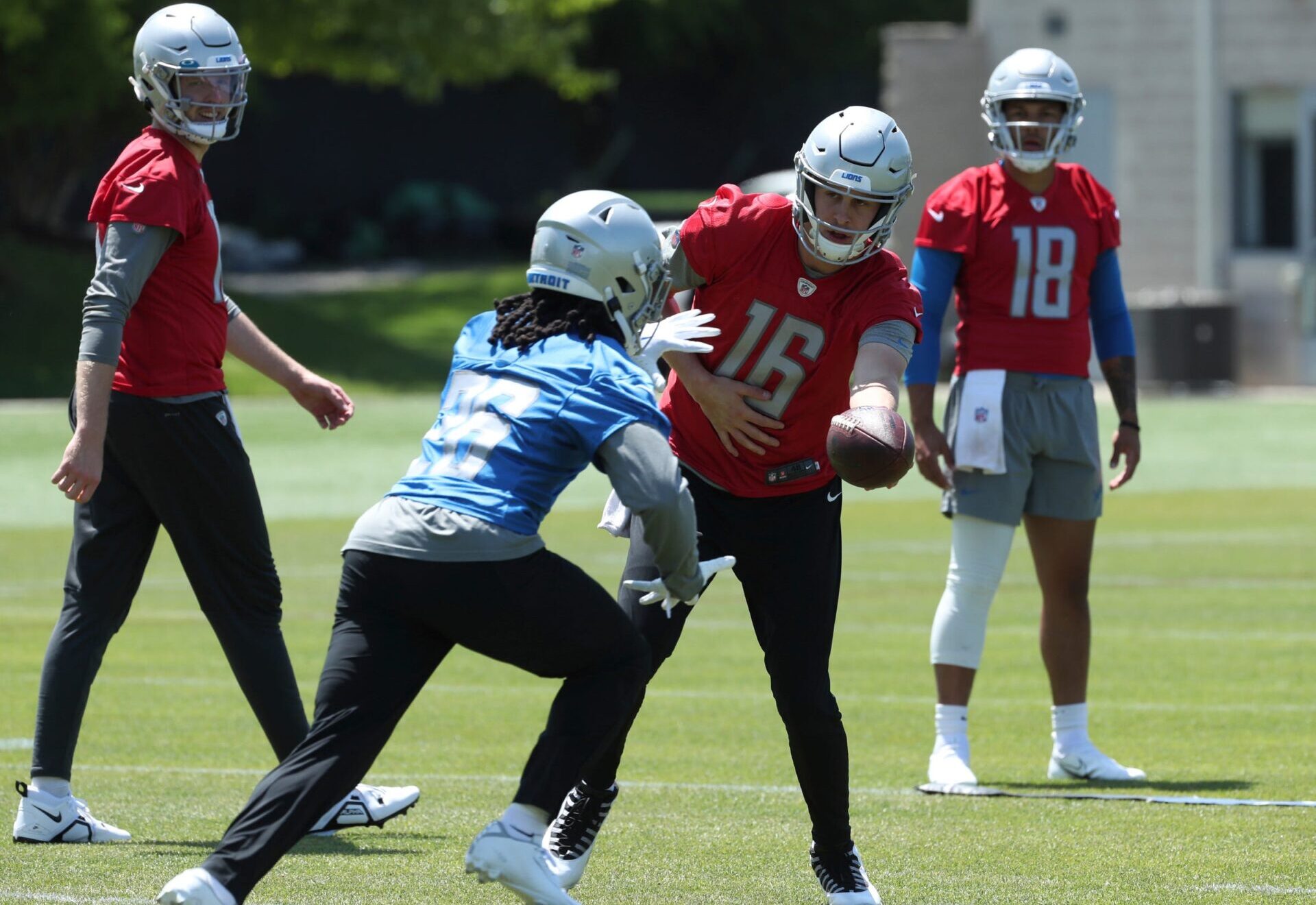
Breaking Down the Phases
Today we have a highly structured and monitored regimen for OTAs. It all begins on a specified date in April. It is broken into three phases. Phase 1 consists of strength and conditioning work, led and monitored by the strength and conditioning staff.
No coaching or football activity is allowed. The players’ involvement is limited to four hours per day. Phase 1 lasts four weeks.
Phase 2 consists of continued conditioning work but adds organized field work with coaches by position group and platoon. There is no offense vs. defense in any form or fashion during this phase.
Phase 3 consists of a full-scale team practice that is strictly limited in time. No individual offense vs. defense drills are allowed; only seven-on-seven and 11-on-11 drills are conducted. There is no contact allowed.
Coaches have learned to tamp down the intensity to avoid injuries. Many teams now follow Andy Reid’s lead and work overwhelmingly on the passing game during OTAs. They emphasize the running game during training camp when the players wear pads and participate in full-contact practices.
That echoes the Bill Parcells axiom that the only way to practice the run game is in full pads.
There are nine Phase 3 practices allowed, but only three are held any given week. None of this can take place on weekends.
Many teams hold minicamps at the conclusion of OTAs. They use the 12 allowable practices to install what they will cover during the first two weeks of training camp. OTAs are, in effect, a non-contact dress rehearsal for the opening week of training camp.
We’ve come a long way in OTAs since 1993. The league office now monitors the tape of every session and will not hesitate to penalize teams that violate the rules.
OTAs also allow newly acquired veterans and rookies to acclimate to their new surroundings, coaches and offensive and defensive systems in a less physically and mentally demanding atmosphere than training camp.
OTAs have become a staple of NFL life and, with the removal of one preseason game, more important in player and team development than ever.
As told to Vic Carucci
Bill Polian is a former front office executive and a six-time Executive of the Year award winner who won Super Bowl XLI with the Indianapolis Colts. Polian’s career as an executive earned him an induction into the Pro Football Hall of Fame in 2015.

